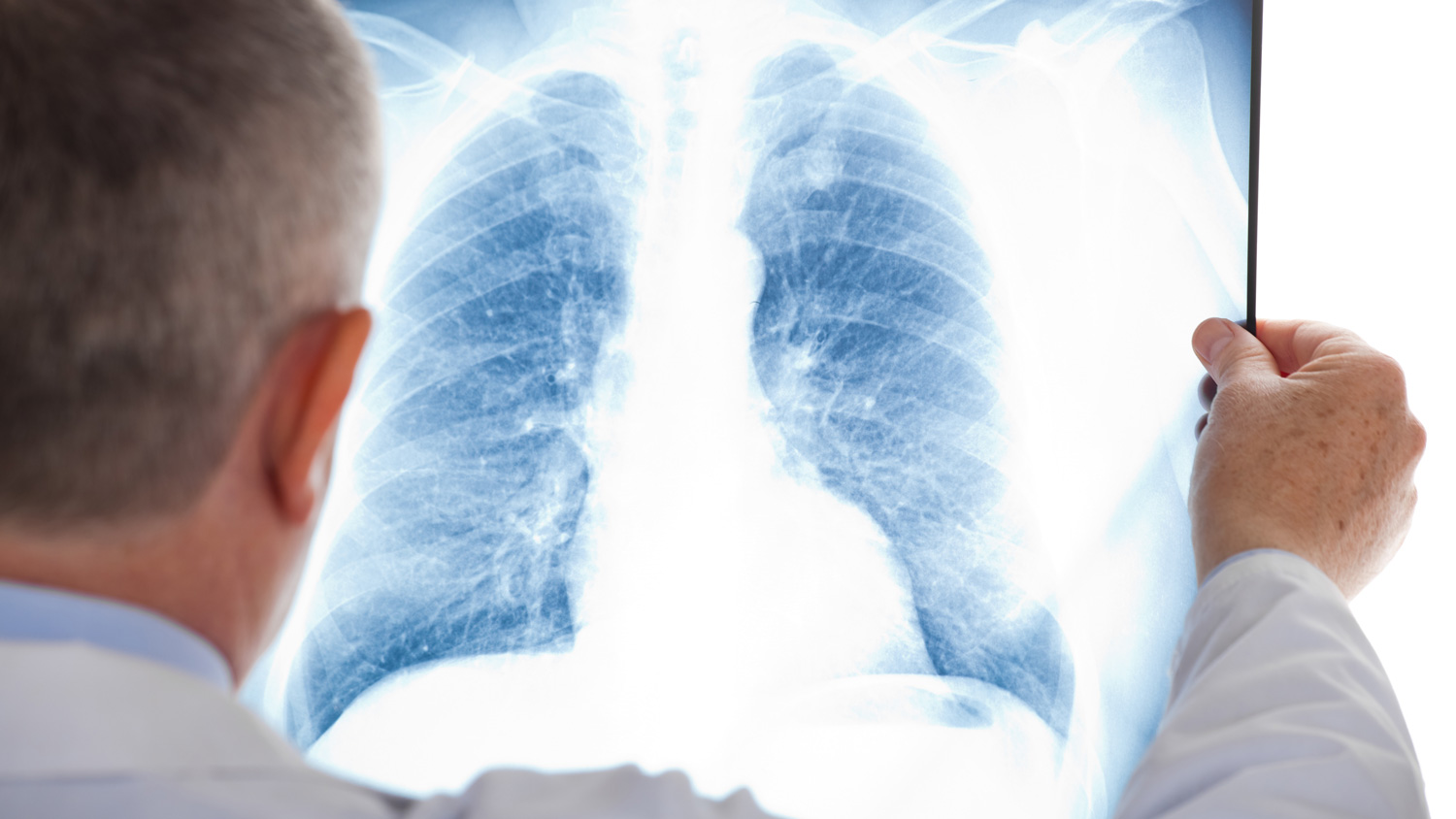IOSH has warned that thousands of people will continue to die every year from lung cancer caused by workplace exposures if more isn’t done to protect people at work.
With more than 7,000 people dying annually from work-related lung cancer and mesothelioma in Great Britain, IOSH says it’s crucial that action is taken. This includes businesses having strong preventative measures in place.
November is Lung Cancer Awareness Month and this month marks ten years since the beginning of IOSH’s No Time to Lose occupational cancer campaign. The campaign has highlighted the risks of cancer-causing workplace carcinogens, including asbestos, respirable crystalline silica and diesel engine exhaust emissions, and provided guidance for employers and employees on how to prevent exposures.
Says Ruth Wilkinson, Head of Policy and Public Affairs at IOSH:
“Each of these deaths from work-related lung cancer is a preventable tragedy. By taking steps to prevent these exposures, thousands will avoid the devastation of being diagnosed with cancer.”
According to the HSE, of the 12,000 lung disease deaths in Great Britain every year that are linked to past exposures at work, 20% are asbestos-related lung cancer and 24% are non-asbestos-related lung cancer. A further 20% are from mesothelioma, a form of cancer that mostly affects the lungs but can also affect other parts of the body.
IOSH launched its occupational cancer campaign in November 2014, initially focusing on diesel engine exhaust emissions. Attention later switched to respirable crystalline silica, which has been in the news recently with calls to ban artificial stone worktops in kitchens due to the risk they pose. Following this, IOSH also highlighted the risks of asbestos exposure and how it can be prevented.
During the campaign, hundreds of businesses committed to putting measures in place to prevent workers being exposed to carcinogens.
Ruth added:
“Ten years on from launching No Time to Lose, we recognise that this issue hasn’t gone away. In fact, when we talk about these statistics, they include workers who were exposed previously, and they also include young people who are coming into workplaces now, who may not be aware of the risks they face and how they can protect themselves. So, our need to take action and prevent exposure continues. Unlike an accident in the workplace, the impact of exposure to these carcinogens will usually not be noticeable for many years due to the latency period – this can be decades afterwards. But those impacts can be life-limiting and life-ending, so it’s crucial this is taken seriously and that all workers are protected. That is why we are calling on businesses to ensure they do everything they can to prevent exposures and prevent more people and their families from suffering.”
Thousands of cases of irreversible lung diseases such as silicosis are reported annually, mainly in the construction sector. Such diseases are life-changing and fatal – and are preventable. The HSE reports that close to 12,000 deaths are caused by lung disease annually, related to past exposures at work. A total of 34% of deaths are a result of chronic obstructive pulmonary disease (COPD). COPD is often the diagnosis of an employee diagnosed with silicosis.
Health issues historically receive less attention than safety issues. Hazards need to be identified, the degree of exposure quantified, and appropriate and reliable controls applied.
International Workplace’s Dust and silica exposure course looks at the risks of exposure to hazardous dusts and how they can be controlled and managed. The course helps learners to:
- Identify key sources of silica dust.
- Understand where silica comes from.
- Understand how silica can affect us.
- Understand silicosis as a disease.
- Understand the responsibilities for health and safety when working with dust and silica.
You might also be interested in
RELATED CONTENT
RELATED COURSES

The asbestos course looks at how to manage asbestos in the workplace and recognise the risks.

The Control of Substances Hazardous to Health (COSHH) course helps learners carry out work involving hazardous substances safely.

The Dust and silica exposure course looks at the risks of exposure to hazardous dusts and how they can be controlled and managed.

The Environmental awareness course explores environmental issues and how they relate to business and employee activities.

HSE inspectors across Great Britain will be targeting construction firms to check that their health standards are up to scratch.

The Health and Safety Executive (HSE) is inspecting metal fabrication businesses across Great Britain to check that they are managing the respiratory ...

Failure to prevent life-threatening diseases caused by dust at work is unacceptable, says the Health and Safety Executive (HSE), as it gears up for a ...

Thousands of cases of irreversible lung diseases, such as silicosis, are reported annually. Caused by exposure to dust at work, such diseases are prev...